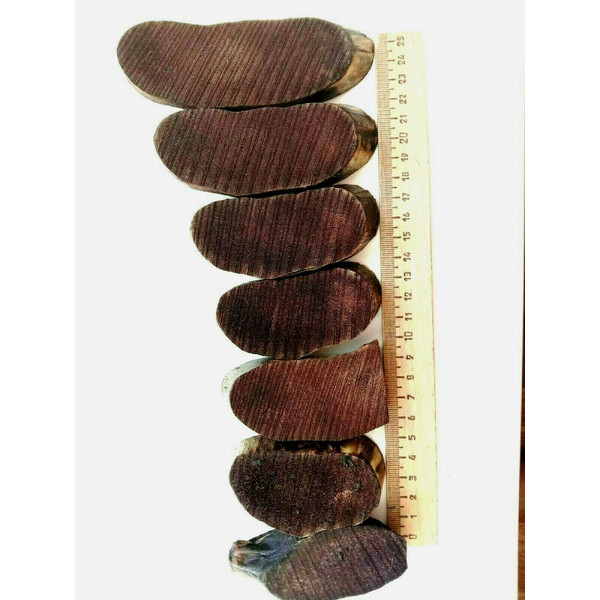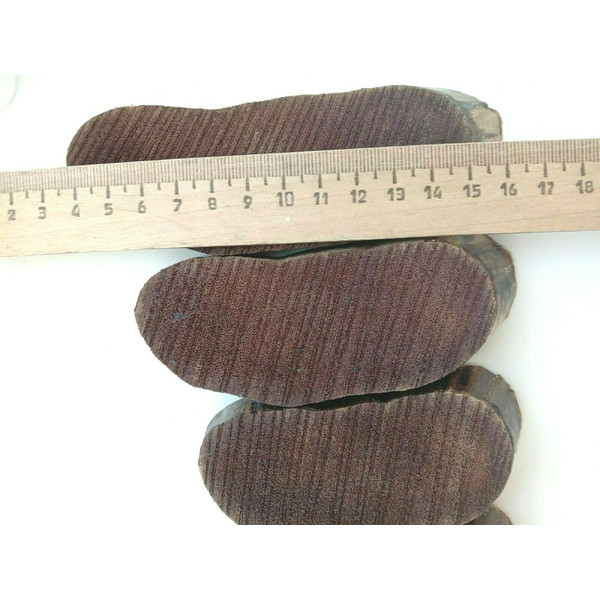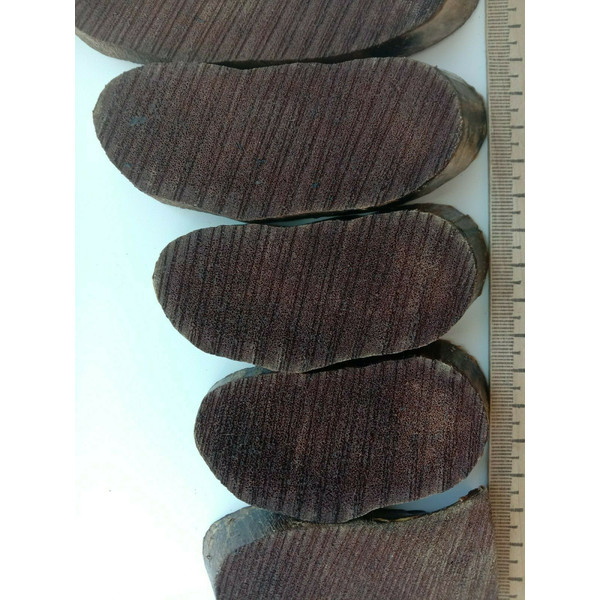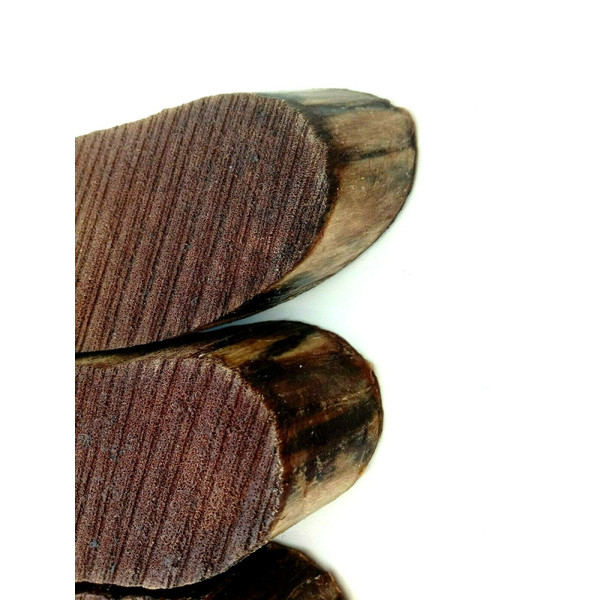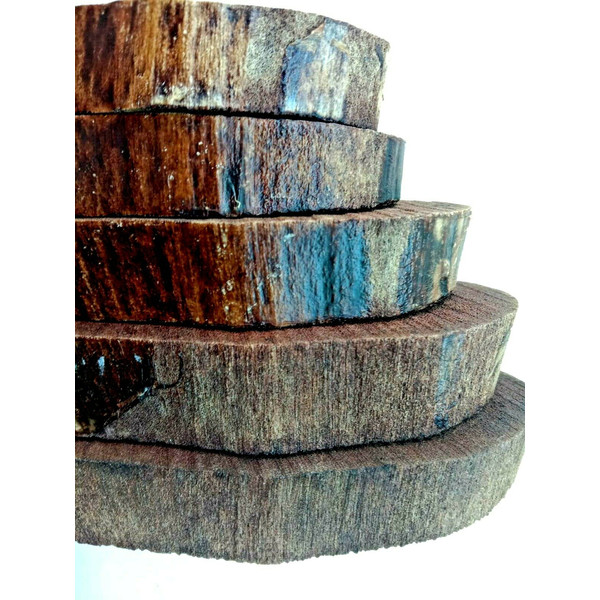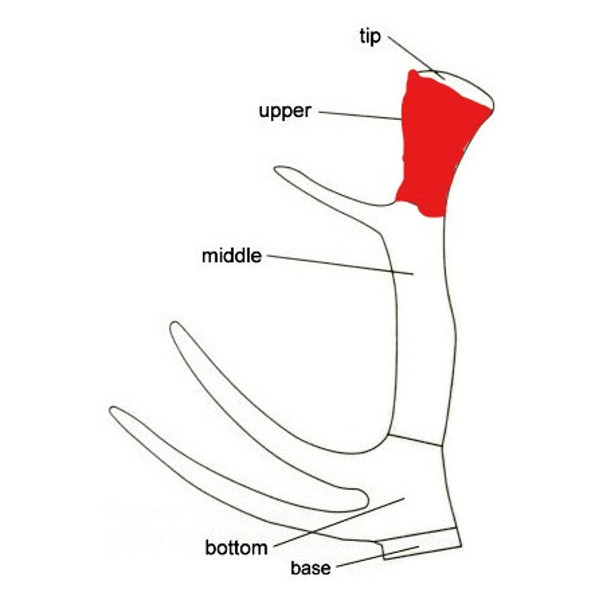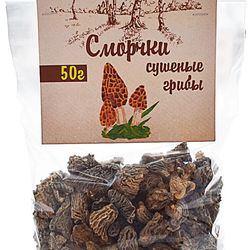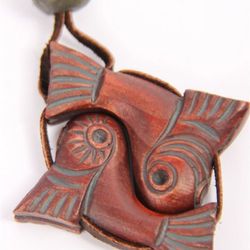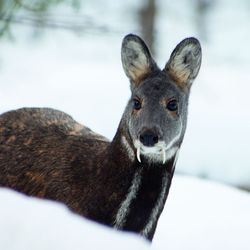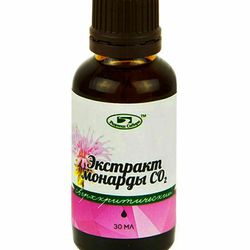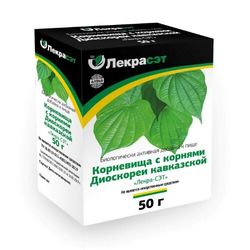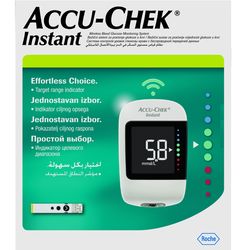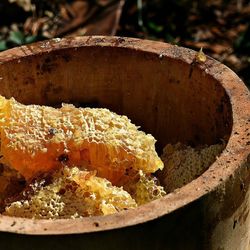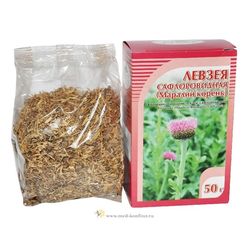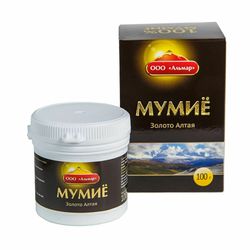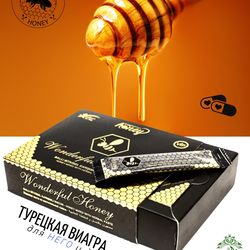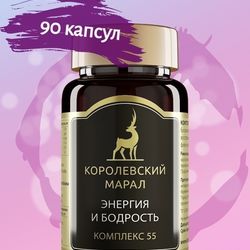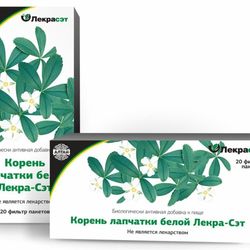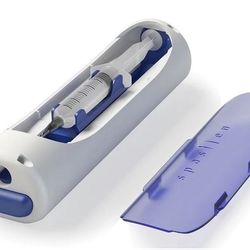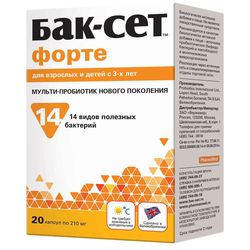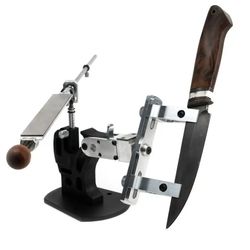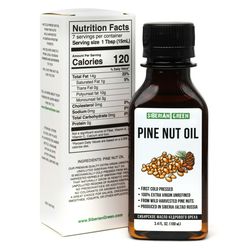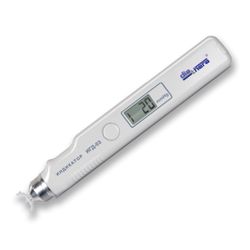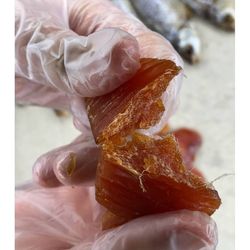Velvet deer antler slices upper, anti-aging maral altai 100g
Quantity
Chemical composition containing about 40 basic compounds and 400 active ingredients. Deer antlers are a truly unique superfood that is the richest of many nutrients found in the plant or animal kingdom. Although the ingredients are generally known, it is a combination of ingredients in the degree of effectiveness of antlers. Specific substances are rarely used as a single element, synthetic or natural. Horn velvet, shaped like a "hard stick" from tip to base, is composed of approximately 53% protein, 34% minerals, 3% lipids and 10% water. It contains 13 growth factors, 21 amino acids, 20 glycosaminoglycans and a variety of minerals and trace elements. Deer antlers can be divided into five segments: top, top, middle, bottom and base. The apex, usually the last two inches of each horn branch, is called the tip. The speech is called the top. The segment between the upper and lower forks is called the middle. The area between the base forks and the base is called the bottom. The base is the last few inches of the horn. Concentration of nutrients in each of the five segments. As a rule, the content of growth factors increases, lipids increase and the content of minerals and ash decreases. In addition, the mineral content increases and the moisture content decreases. All this is associated with high efficiency. The antler tips are especially rich in growth factors. Deer velvet antlers contain 13 different growth factors, which are called the "complete matrix of growth factors". Total growth factor includes: Insulin-like growth factor-1 (IGF-1) Insulin-like growth factor-2 (IGF-2) Transforming growth factor alpha (TGF-A) Transforming growth factor beta (TGF-B) Epidermal growth factor (EGF) Erythropoietin (EPO) Bone morphogenetic proteins (BMP) Fibroblast growth factor (FGF) Growth differentiation factor-9 (GDF9) Nerve growth factor (NGF) Platelet growth factor (PDGF) Vascular endothelial growth factor The effect of antlers on cell growth and repair has been studied in several areas ... Velvet may be a natural hormone for those seeking help with muscle growth and development. Research has identified a variety of protein growth factors, including IGF-1 (insulin-like growth factor-1), IGF-2 (insulin-like growth factor-2), and EGF (epidermal growth factor). Many people confuse IGF-1 with growth hormone. The two hormones are very related. Growth hormone is a precursor to IGF-1. The pituitary gland produces growth hormone, which begins to synthesize and stimulate the use of IGF-1. It is generally known that IGF-1 levels correlate significantly with growth hormone levels. IGF-1 is responsible for the anabolic response to growth hormone. Stimulates cell growth. IGF-1 promotes both muscle hypertrophy (growth) and hyperplasia (the formation of new muscle cells). This is where the difference between IGF-1 and anabolic steroids comes into play, while anabolic steroids increase muscle cell growth. During childhood, IGF-1s are important for growth. Has anabolic harm. IGF-1 allows us to rapidly increase cell flexibility within normal limits. The hormone stimulates the growth of cells in the body, including skeletal muscle, bones, nerves, and skin. Increases the number and size of cells. This makes IGF-1 very important for building muscle and losing muscle mass as a result of aging or disease. IGF-1 also plays a role in fat recovery and loss. Accelerates cell and muscle regeneration. This forces you to use fat as an energy source instead of glucose. Therefore, increasing IGF-1 can increase the body's ability to build muscle, recover from injury or exercise, and burn fat. A study by Sutti and Haynes in 2000 showed that animals that received high levels of the active extract and a control group.
